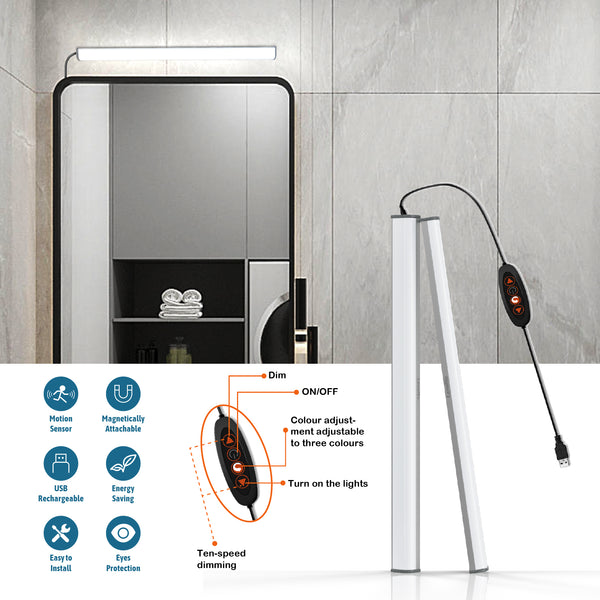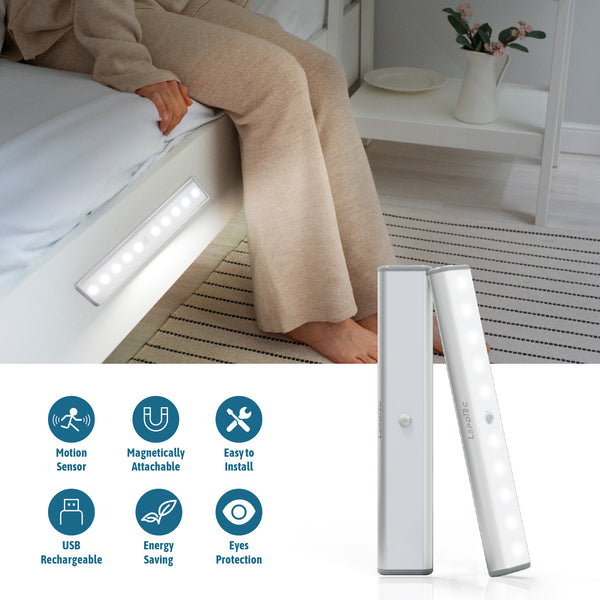RGB LED lighting has become increasingly popular for home interiors in recent years. Unlike standard white LEDs, RGB LEDs can display a wide range of colors by mixing red, green, and blue light. This opens up lots of possibilities for creative and customizable lighting setups. But are RGB LEDs a good choice for your home? In this article, we'll look at some of the key benefits of RGB LED lighting for home interiors and also consider some of the potential drawbacks you should be aware of. By the end, you'll have a better sense of whether RGB LEDs are a good fit for your own home lighting needs.
Benefits of Using RGB LED Lighting for Home Interior
One of the biggest benefits of RGB LED lighting is the ability to create almost any color imaginable. By adjusting the brightness of the red, green, and blue elements, RGB LEDs can produce millions of distinctive hues. This makes them perfect for creating colorful accent lighting and illuminating your home with your favorite tones. The color possibilities are practically endless - you could set up lighting to match your wall paint, accent furniture, or artwork. Or create dynamic lighting that shifts through rainbow colors for a fun party atmosphere. Compared to traditional incandescent and fluorescent lighting, RGB LEDs give you far more flexibility and customization for the look and feel of a room.

In addition to displaying colors, RGB LEDs can also be used to create white light. By running all the RGB elements at full power, the lights will blend to produce a bright white light. The advantage over regular white LEDs is that you can adjust the color temperature of the white light from cool blue-tinged daylight up to warm orange-tinged incandescent colors. This allows you to tune the white light to suit the time of day or activity. Cool, crisp light for daytime alertness, shifting to warmer hues in the evening to help you unwind and prepare for bedtime.
RGB LEDs can also be dimmed smoothly across their full range, unlike some cheaper LED lights. This gives you complete control over the brightness in a room. Keep the lighting gentle for a relaxed atmosphere, or blast it up full for high-energy activities. You can create lighting zones with different dimming levels, drawing people towards stairs and doorways with brighter illumination while keeping lounging areas more subdued.
Compared to incandescent and CFL lighting, quality RGB LEDs also have longevity and energy efficiency benefits. LEDs can last for 50,000 hours or more before degrading, effectively eliminating the need to change bulbs. This can save considerable cost and effort over years of use. LEDs convert over 90% of their energy usage into light, wasting far less energy as heat than other traditional lighting. For large lighting installations, RGB LEDs will save substantially on your electricity bills while lasting for years with little maintenance.
Considerations When Using RGB LED Lighting
While RGB LEDs have some great advantages, there are also some things to keep in mind when using them for home lighting. Firstly, RGB LED fixtures and bulbs tend to be more expensive than ordinary white lighting. You're paying for the additional color features, complex digital driver circuits, and sometimes wireless connectivity. For smaller installations like accent lighting, this extra cost may be negligible. But outfitting your whole home with RGB lighting is likely to have a higher upfront cost than regular LED lighting before the energy savings start kicking in.
There's also more complexity to consider with RGB systems. Do you want physical controls like remote controls, wall panels or smartphone apps to change the colors? Or preset color zones and scheduled lighting for autonomous operation? Entry-level RGB strips with an IR remote are easy to use out of the box, but give you limited options. More advanced setups allow intricate lighting control but require programming and networking know-how to configure everything. You'll have to decide how much complexity you're willing to deal with for the added features.
It's also worth checking how the RGB lights render skin tones, food and furnishings under different colored and dimmed lighting. While you can create some neat rainbow effects, you probably don't want your family looking like oompa-loompas under orange and green lighting all evening! And vivid magenta or cyan accent walls that look amazing under full RGB illumination can seem drab and lifeless when dimmed. Test samples of the LEDs under real-world conditions before fully committing.
Finally, as with any lighting choice, consider the aesthetic you're aiming for and choose appropriate RGB fixtures. For a clean, modern look, choose smooth, uniform lighting panels. Or pick lamps with Edison filaments for a heritage industrial vibe. Always think about shaping and directing the light thoughtfully rather than just blasting rainbow colors everywhere. RGB technology offers many possibilities, but good lighting design principles still apply.
Ideal Places to Install RGB LED Lighting
Thinking about where to install RGB LED lighting in your home? Here are some of the best places to highlight with colorful and customizable illumination:
- Living Rooms - Use LED strips behind furniture for accent lighting. Place RGB lamps strategically in corners to cast light across the room.
- Dining Rooms - Install LED panels or spotlights above the dining table to set the right mood for meals.
- Kitchens - Under-cabinet LED strips provide task lighting and illuminate workspaces.
- Bedrooms - Calming bedroom lighting can be tuned to wind down or sleep. Place RGB lamps bedside or behind headboards.
- Bathrooms - LED strips around mirrors boost brightness for tasks. Overhead waterproof RGB panels add a splash of color.
- Media/Entertainment Rooms - Sync RGB LEDs to complement TV/game viewing for immersive effects.
- Kids' Rooms - Fun colored and dimmable lighting lets kids customize their own space.
Final Words:
RGB LED lighting opens up exciting possibilities for customizable, energy-efficient, and long-lasting lighting in any home interior. While the upfront cost is higher than normal lighting, the benefits often outweigh this in the long run. Consider your own needs and decor goals carefully, choose fixtures that match your aesthetic, and take the time to plan the setup and controls. RGB LEDs can take your home illumination to the next level!
























